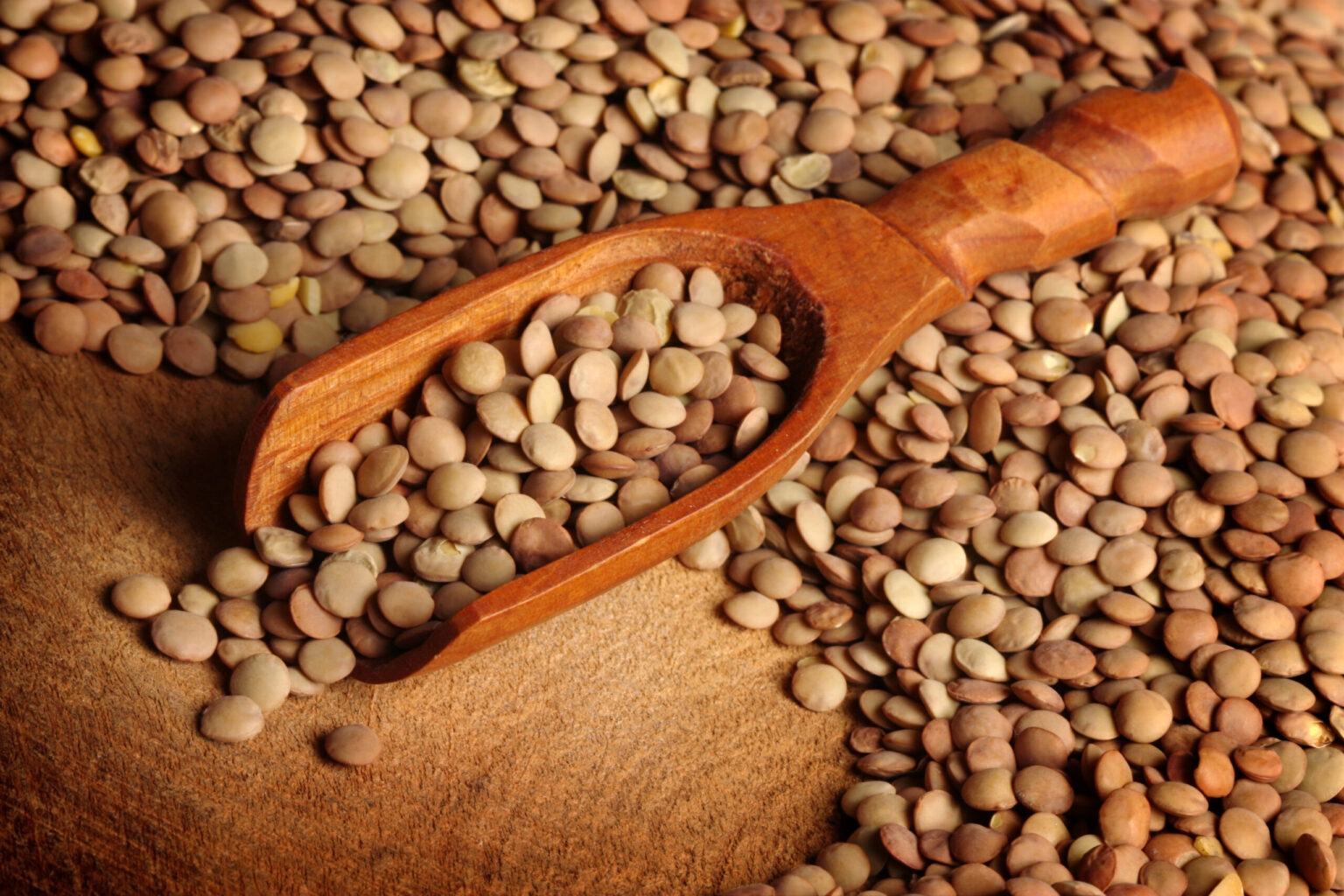It seems like lentils are all the rage. But what exactly are lentils? Turns out, these legumes have been around for longer than you have.
Introduction to Lentils
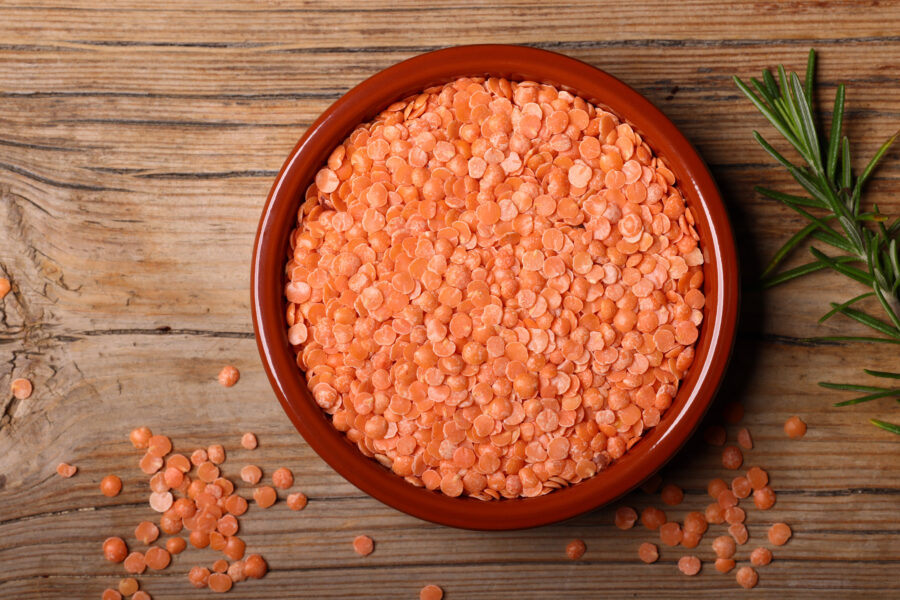
Lentils are a type of legume. Think of them like the cousins to beans, snow peas, and chickpeas; they’re all under the legume umbrella.
There are as many types of lentils as there are beans, if not more. We’ll go into more detail covering them later, but here’s a rundown.
The most common are brown lentils. That’s what you’ll find at your local Walmart. If you’re fancy, then you’ll like Beluga lentils, which are caviar-like.
History of Lentils
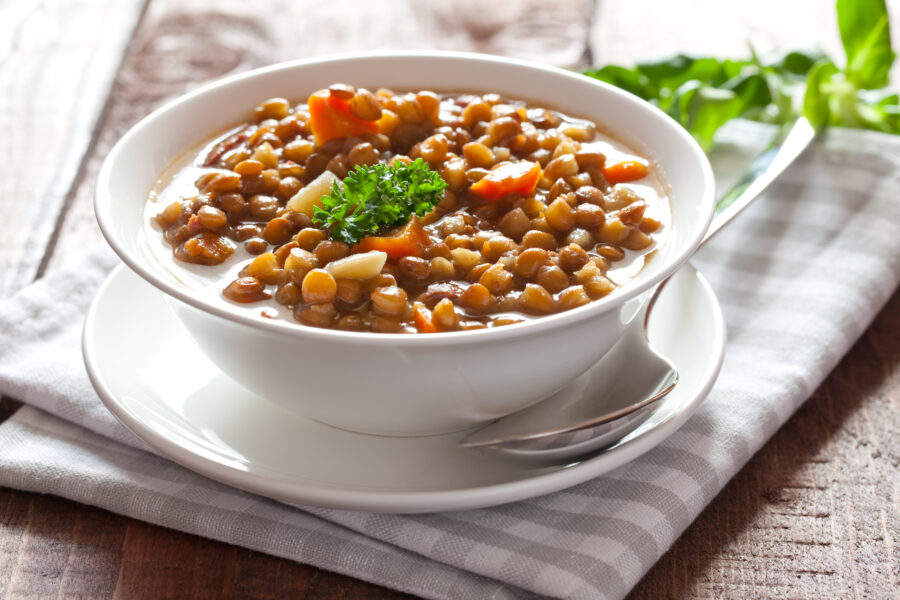
Lentils are a vegetable with a rich history. They were first farmed in modern-day Syria, Iraq, and Turkey over thousands of year ago, where they remain a staple.
They’ve come a long way since then, though. They may not be a staple everywhere, but you can find them in almost every corner of the world.
For example, red lentils are popular in Indian cuisine. Puy lentils, which are light green in color, are associated with France (per NPR).
Types of Lentils
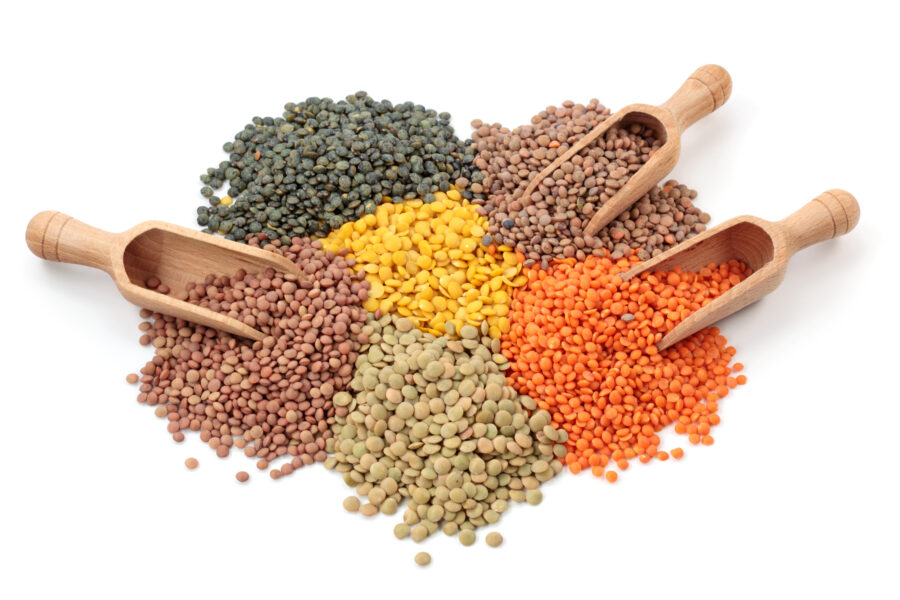
So far, we’ve touched upon a couple of different lentil varieties. However, there are as many different types of lentils as there are cultures.
Well, okay, maybe not that many. But it’s definitely up there! Aside from red, brown, and black, what other kinds of lentils are out there?
There’s green lentils, which share a lot of commonalities with brown. There’s also yellow lentils, which are the same as red, only split.
Nutritional Benefits
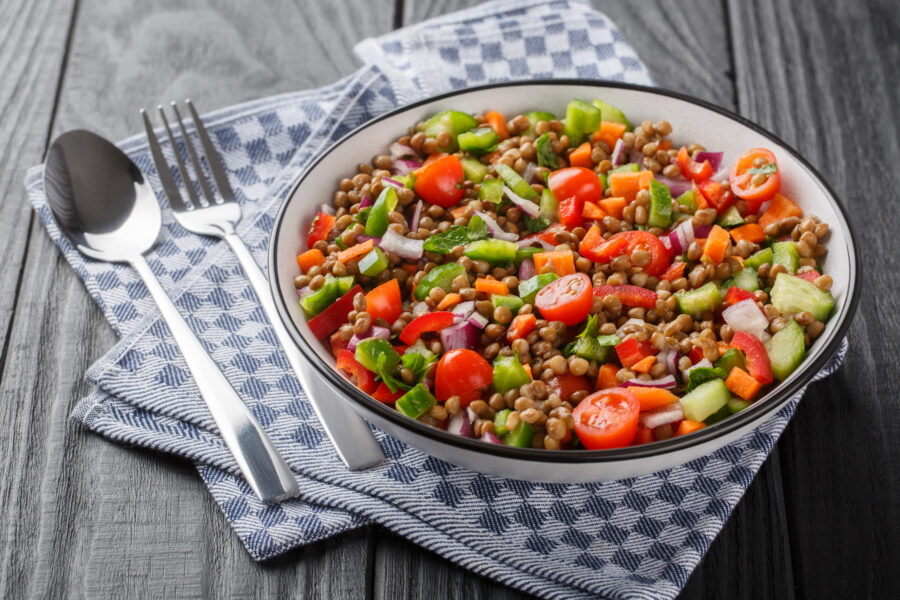
Lentils come with a whole host of nutritional benefits. According to Healthline, they’re very high in fiber, potassium, B vitamins, and iron, making them a great meat replacement.
And that’s not all they’ve got. It’s actually far from it. A single cup of lentils contains a whopping 18 grams of protein.
If you’re trying to incorporate more zinc into your diet, you’re in luck. Lentils have a good amount of that, too. Zinc can boost your immune system.
How Lentils Grow
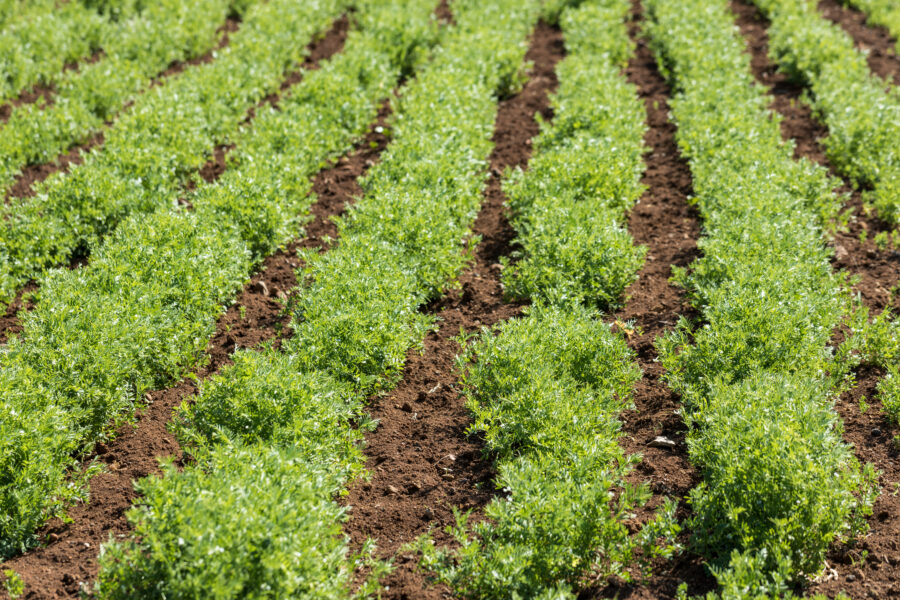
Lentils aren’t that much different from other plants. However, there’s a reason why they thrived in dryer regions. They don’t need as much water as other crops.
According to the USDA, they do well in semi-arid climates and sandy soil. However, this isn’t a necessity. If it were, they would’t do so well globally.
So long as you take good care of them and the drainage is good, lentils will do fine in any soil. They grow well in spring temperatures.
Global Culinary Uses
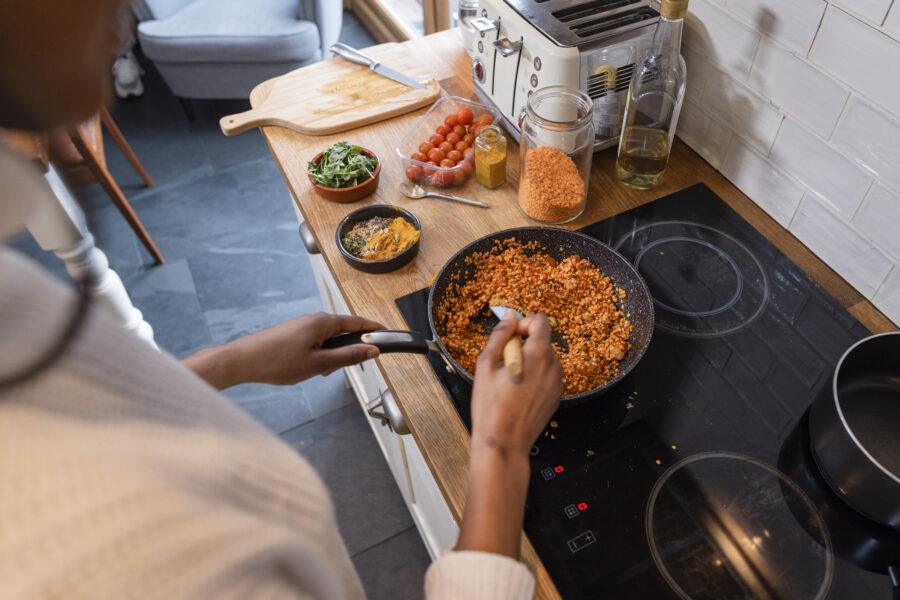
Lentils are used in a whole bunch of different recipes. That’s what makes them so popular — there’s no one right dish to use them in.
For example, lentils are often used in soups. This originated in the Middle East, though pretty much everyone eats them in soup nowadays.
They’re also popular in stews. In India, red lentils are made into a stew called masoor dal. It’s protein-heavy and flavorful, made with coconut milk and ginger.
Different Varieties: Flavors
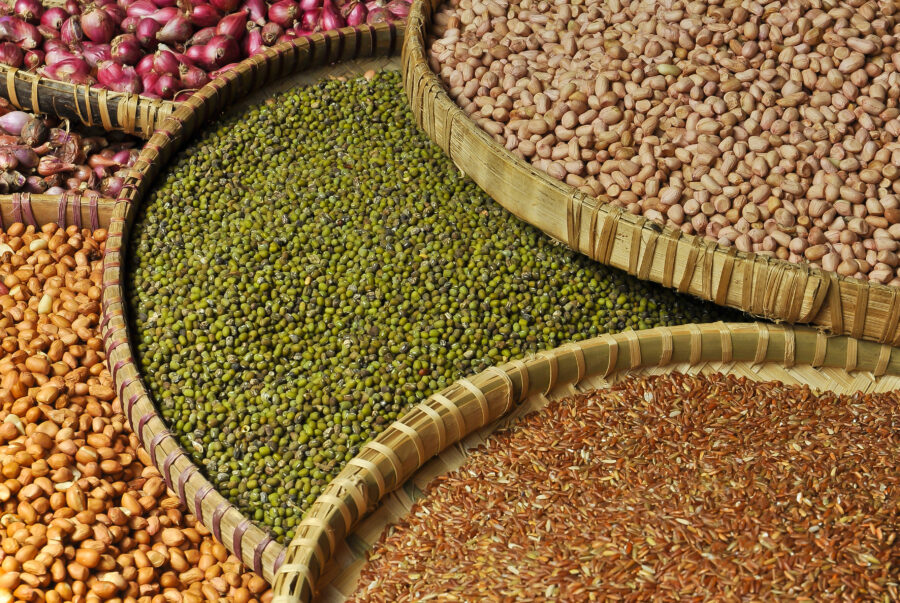
We’ve gone over the different colors, but how about the flavors? Do lentils’ flavor change depending on the variation? Well, yes, but not too drastically.
Pretty much all lentils have a distinct earthy taste. However, brown lentils are earthier than most. Green lentils have a bit of a kick.
Red lentils are on the sweeter side. That doesn’t mean they taste like straight-up sugar, though. They have a bit of a nutty aftertaste.
Lentils in Vegetarian and Vegan Diets
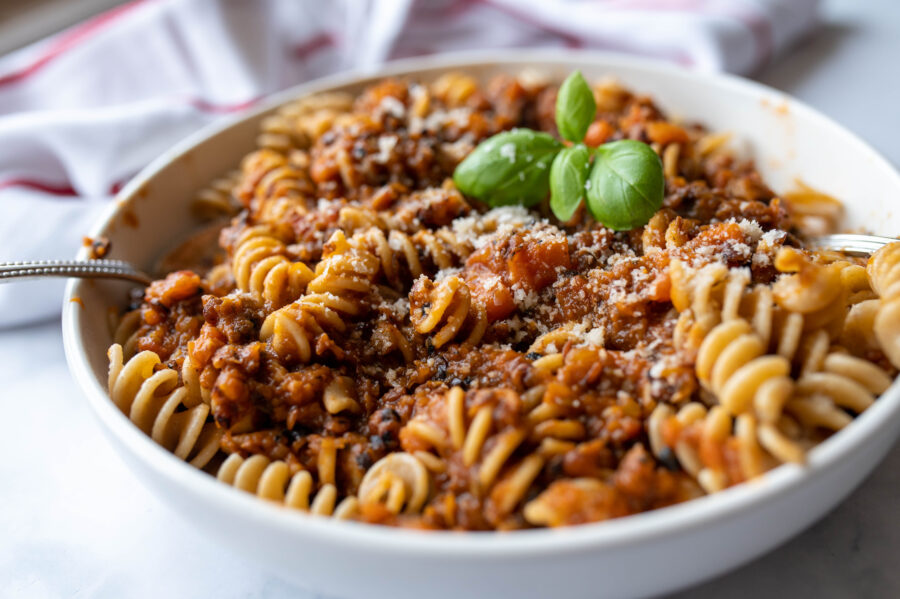
Since lentils are such a great source of protein, they’ve become a mainstay of vegetarian and vegan dishes. Just one cup has 18 grams!
According to the Washington Post, that’s not all that gives them an edge over meat. Apparently, lentils have got more iron than steak.
So, if you want to go vegan and you’re worried about your health, try lentils. You’ll get lots of nutrients from them (especially if you eat them daily).
Cooking with Lentils
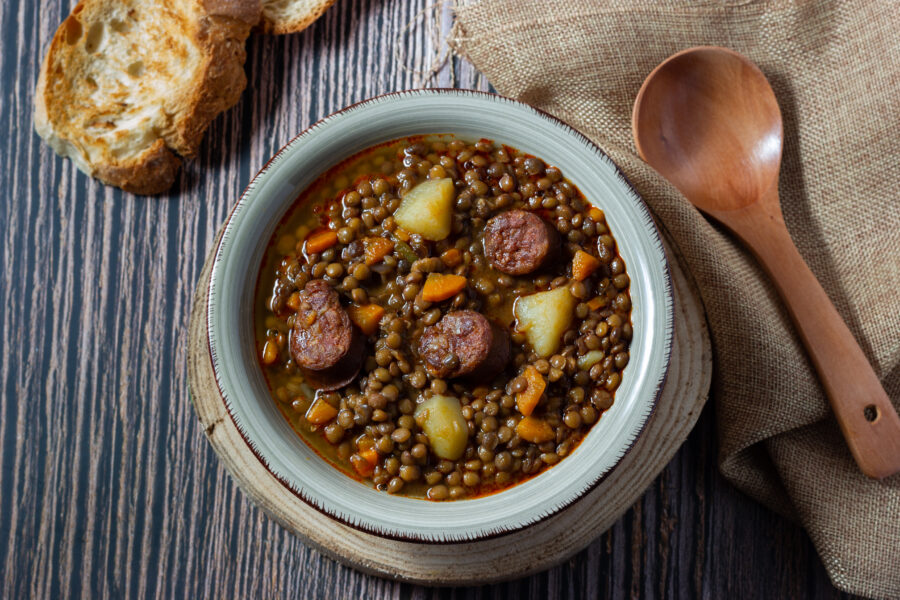
Now that we’ve gone over important info about lentils, let’s get into the most important part: cooking. How do you cook lentils? Is it hard?
Lentils are actually pretty easy to make. If you can make rice, then you can make lentils. The most important part isn’t the cooking, but rather the sorting.
Before you cook, make sure to sort through the lentils. Sometimes, little pebbles can show up in your bag, and you really don’t want to bite into one.
Popular Lentil Recipes
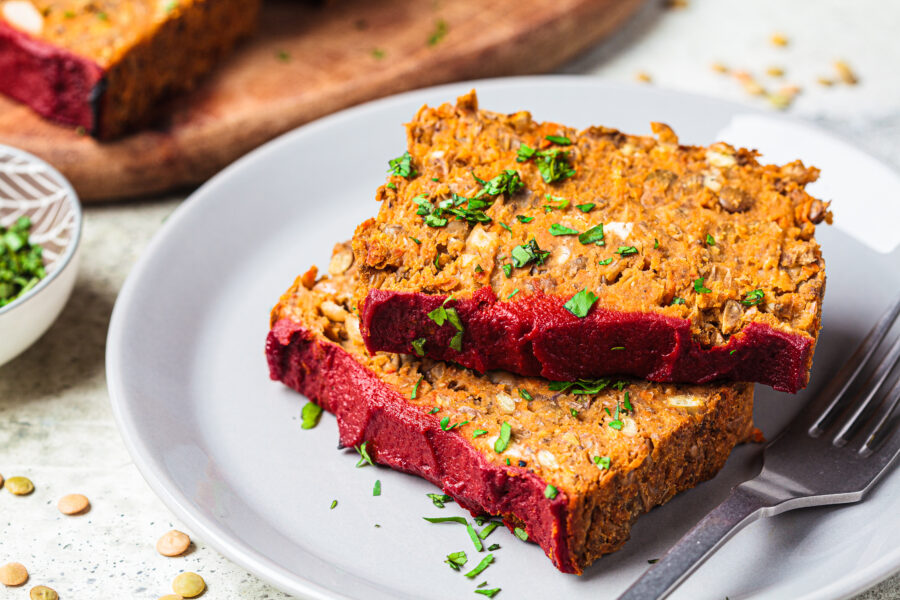
The most popular lentil recipe is lentil soup, by far. And for good reason — it’s nutritious, comforting, and filling. Plus, it’s relatively easy to make from scratch.
It’s not the only lentil recipe, though. If you just went vegetarian and you’re missing meatloaf, lentils have got your back. They make for a great substitute.
They’re also great for salads. Mix them with spinach, sun-dried tomatoes, onions, and feta for a light lunch. Top it off with a tahini-based dressing, and you’re golden.
Environmental Impact of Lentil Farming
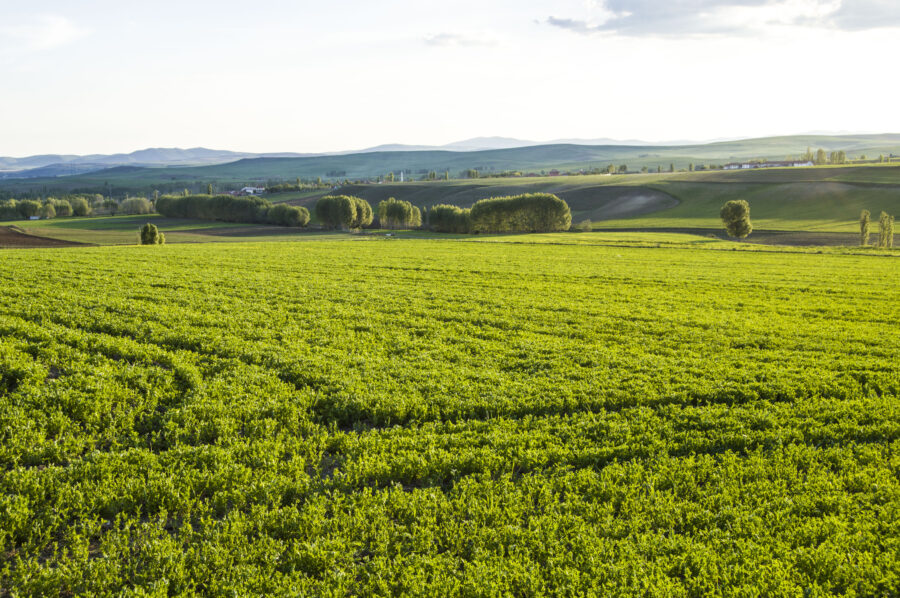
Okay, so we all know by now that lentils are delicious and nutritious. But what about sustainability? Does lentil farming help or hurt the environment?
According to Canadian Food Focus, lentil farming can actually benefit the environment, if done right. Much of this depends on the farming methods.
Lentils suck in more carbon than they emit and need less water. If you use a no-till farming method (like in Western Canada), then lentils can be beneficial.
Storing and Preserving Lentils

All of this is for naught if you can’t store your lentils properly. Thankfully, they tend to keep well, and aren’t to difficult to store.
Since lentil are usually dried before selling, they don’t require refrigeration. So long as you store them in a cool, dry place, you’re good to go.
Cooked lentils are a different story. They’re better off being refrigerated and last about a week, max. If you want them to last a few months, freeze them.
Lentils for Weight Management

This one’s for the dieters out there. You’ll be happy to know that lentils will help you stay fuller for longer, while giving you the nutrients you need.
Of course, a lentil-only diet isn’t that healthy. You’ll want to incorporate them into more well-rounded meals to make sure you’re getting all your vitamins.
According to WebMD, lentils can also help you manage your blood sugar. This is because of the high levels of fiber and manganese.
Incorporating Lentils into Your Daily Diet
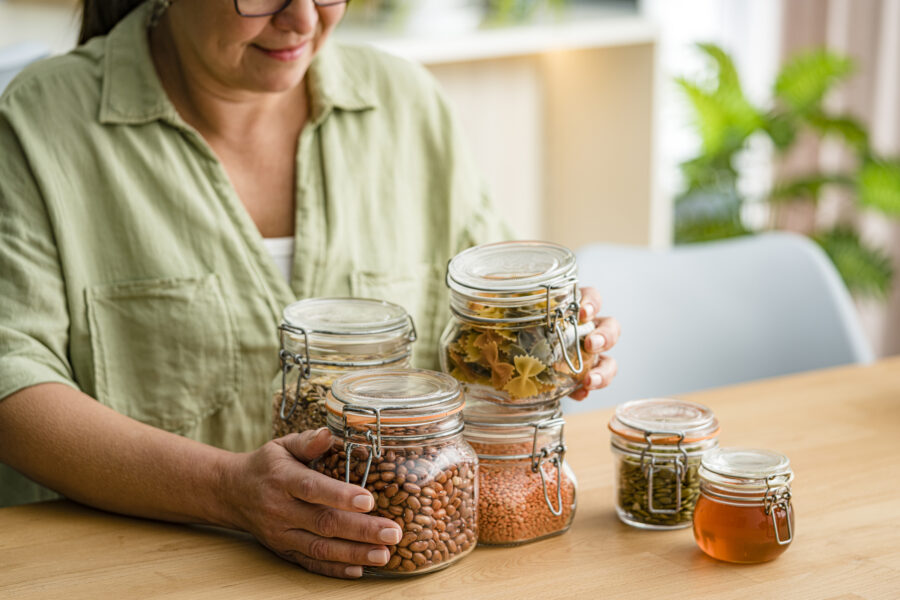
While lentils are typically used for lunch and/or dinner dishes, that’s not all they’re good for. With a little creativity, you can incorporate lentils into anything.
Lentils and eggs make for a great breakfast. You’ll start off your day with a hefty dose of protein. Those who like savory breakfasts will love this dish.
You could also make a lentil granola, so long as you bake the lentils prior to incorporating them into the dish. This will give them a nice crunch.
Fiber Benefits
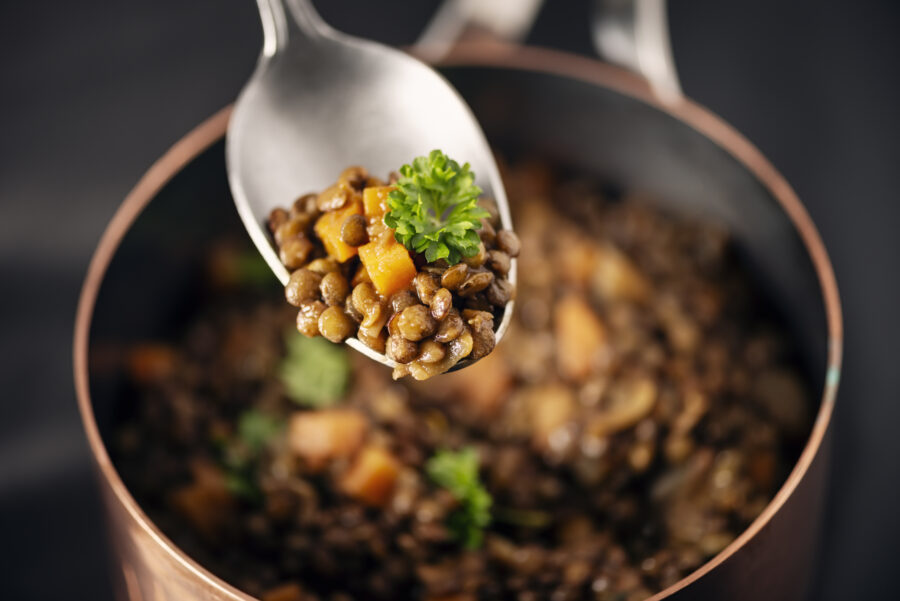
As if lentils weren’t nutritious enough, they’ve also got a ton of fiber. For reference, one cup of lentils has about 16 grams of fiber.
So, why is this important? Well, fiber is great for your digestive system. It can help you feel fuller, which, in turn, can help you lose weight.
While that’s what fiber is most known for, that doesn’t mean that’s all it’s good for. Apparently, it can also boost your immune system.
Common Myths and Misconceptions
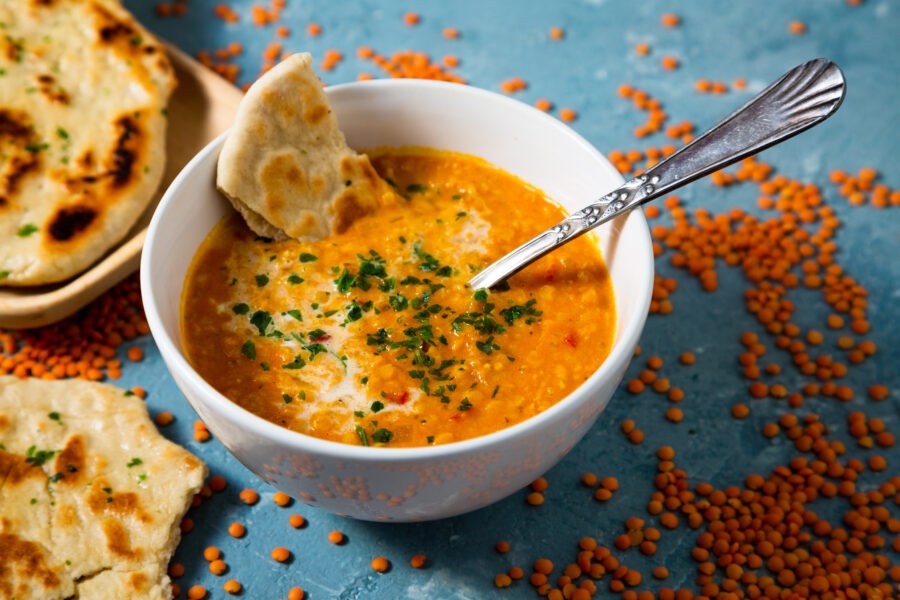
Don’t believe everything you hear. As it is with most foods, lentils come with a helping of myths and misconceptions. Let’s unpack a few.
One of the biggest misconceptions surrounds soaking. While it’s important to rinse them prior to cooking, soaking them for too long can be detrimental.
You might also assume that they take a really long time to cook. That’s another big misconception — they usually take about twenty minutes, tops.
Lentil-Based Products
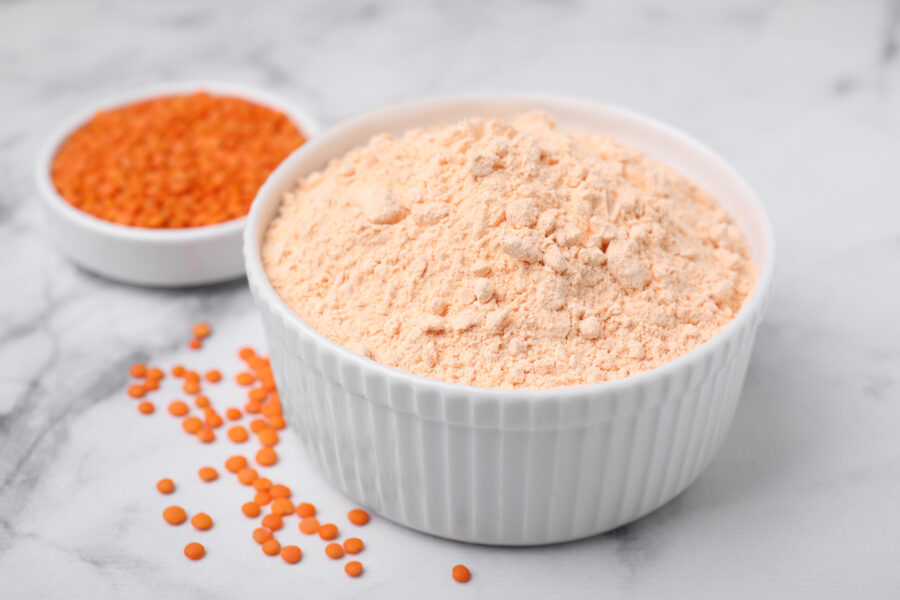
Lentils don’t have to be eaten as is. They make for pretty good snacks. Lots of organic brands make chips out of them.
Another lentil-based product is lentil flour. If you’ve been on the hunt for gluten-free flour alternatives, then you should take this one for a spin.
It tastes a little nutty, which will give your baked goods a little extra flavor. It may take some experimentation to get it right, but it’ll be worth it.
Comparing Lentils to Other Legumes
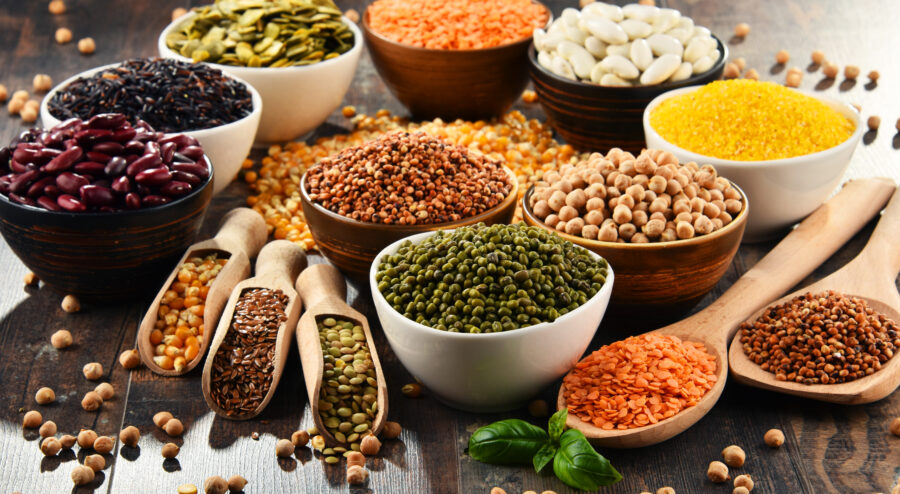
Lentils are legumes, but they shouldn’t be treated as exactly the same. In fact, this assumption is why many over-soak their lentils before cooking.
They have a soft texture, like beans. Since lentils are smaller, though, a bowl of lentils is a lot mushier than a bowl of beans.
Split peas share more similarities with lentils in this case. Lentils may have more iron, though their textures and nutritional content are almost the same.
Allergy and Sensitivity Considerations
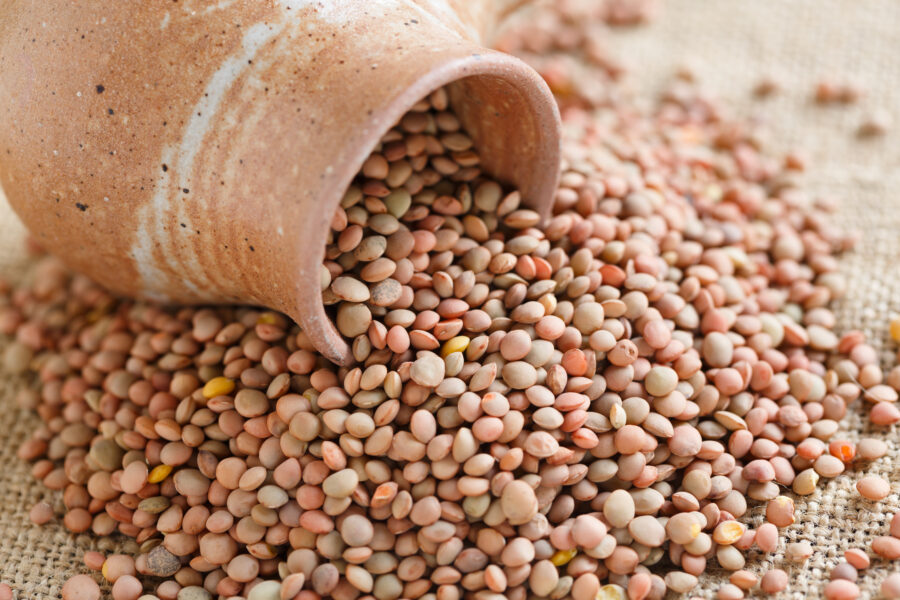
Though these legumes are gluten-free, they’re not entirely allergy-free. No food is, really. You can develop a lentil allergy, like you can with other foods.
If you’re allergic to other legumes, then you’ll probably be allergic to lentils. And yes, this does include peanuts, a super common food to be allergic to.
If you’ve got a peanut allergy, then we suggest taking an allergy test before trying lentils. It’s better to be safe than sorry.
Quick and Easy Lentil Snacks
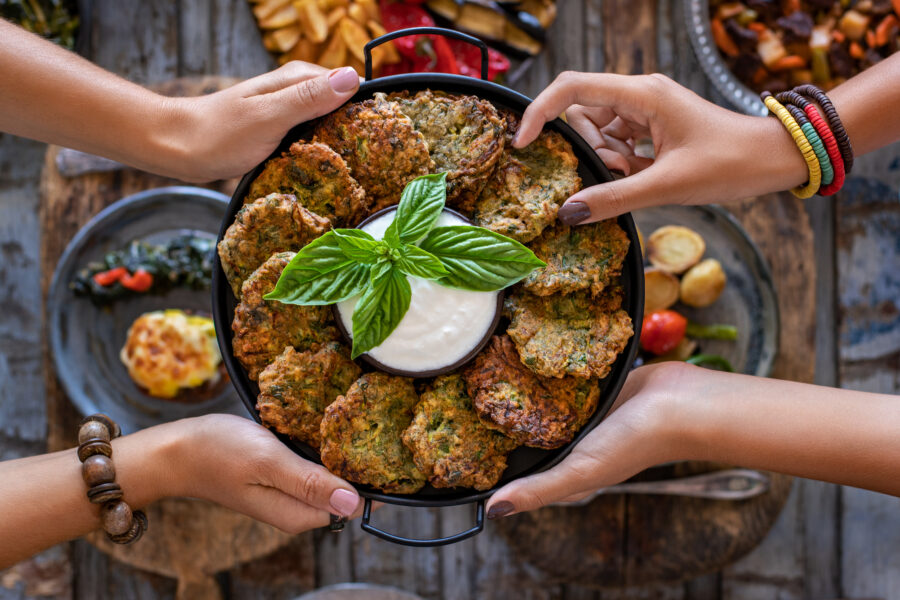
Who doesn’t love a good snack? If you don’t feel like scouring your local supermarket for lentil chips, don’t worry. You can make lentil-based snacks at home.
One of the simplest dishes is crunchy lentils. All you need are lentils and some spices of your choosing. Let them dry out after cooking, stir, and serve!
You could also make fritters out of them. Cook, season, and shape them into little patties before serving. Serve with a sauce for more oomph.

